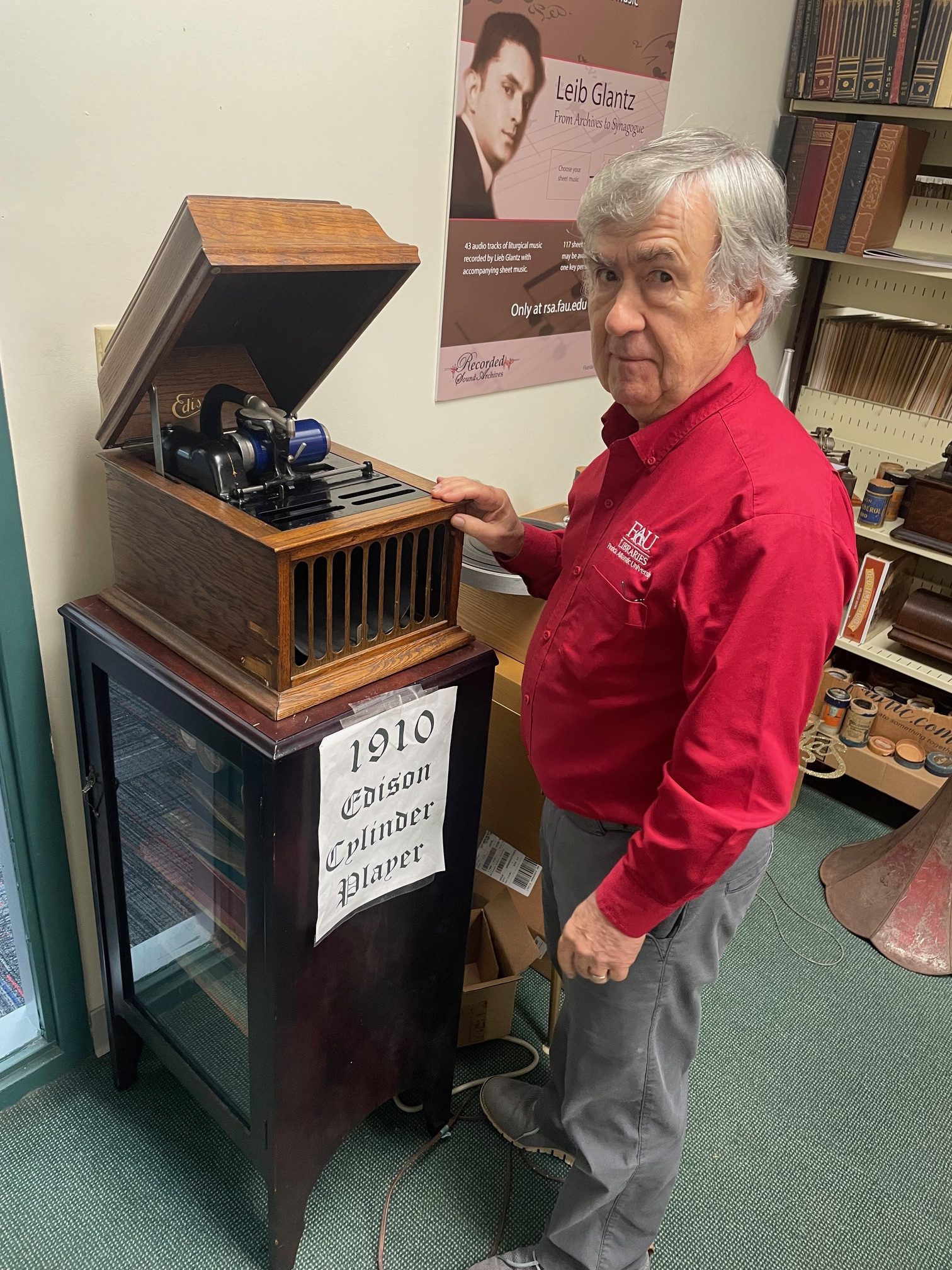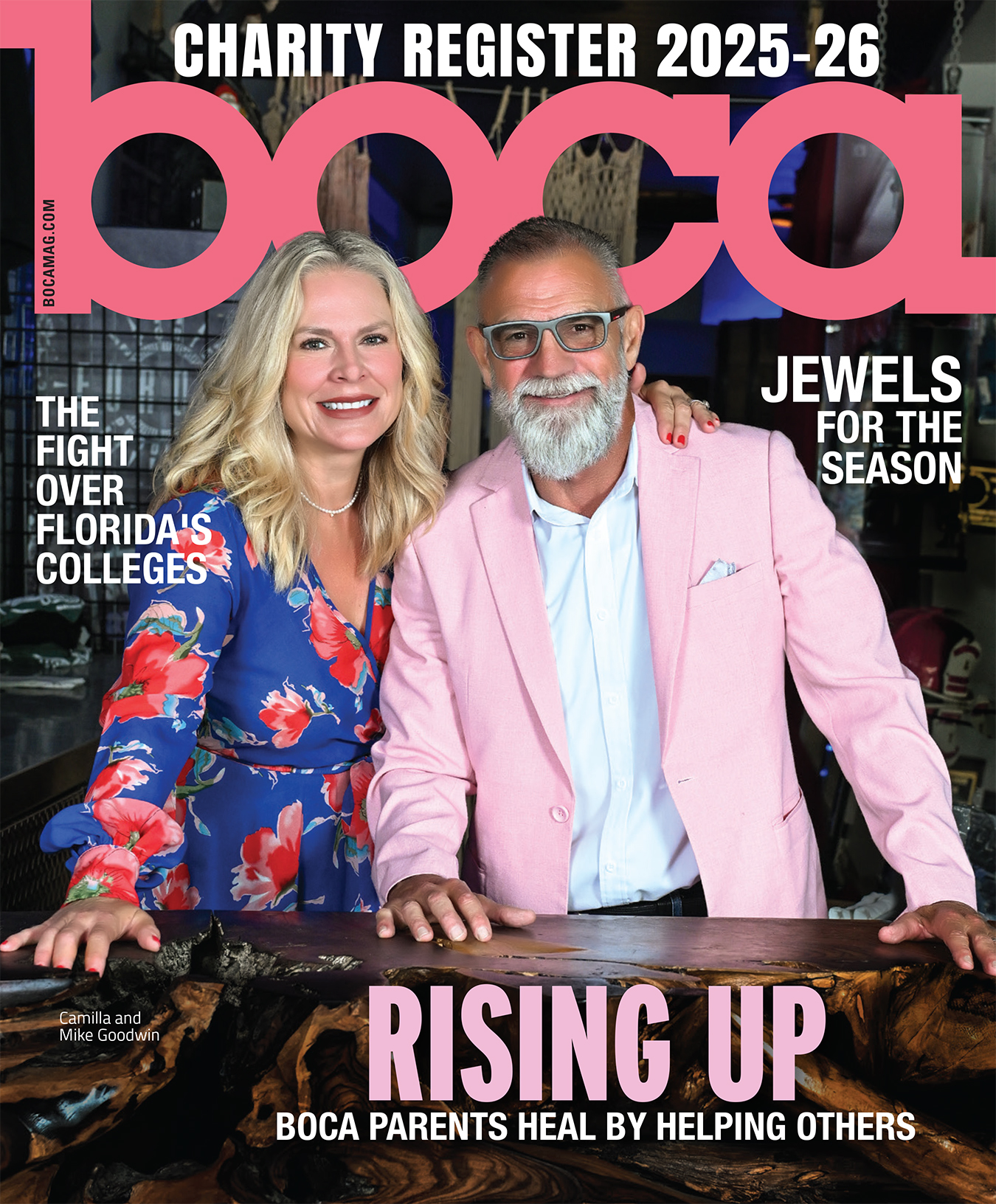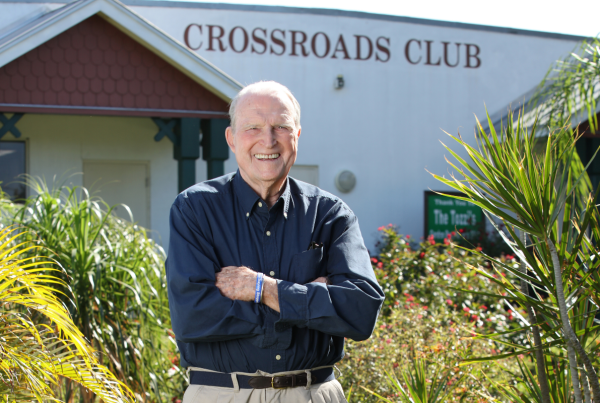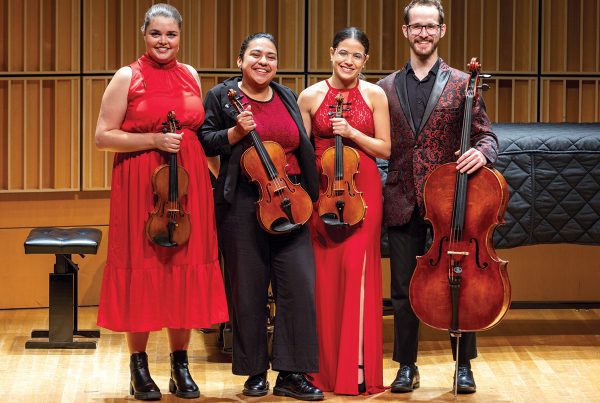In our February issue, we go “Behind the Vault” to explore some of the priceless treasures contained within Boca Raton institutions. In this exclusive Web Extra, we visit another institution that has been archiving sound recordings and technology since 2002.
On the fifth floor of FAU’s Wimberley Library sits an audiophile’s dream. Established in 2002 as part of the university’s Special Collections division, the Recorded Sound Archives (RSA) amasses historic recordings and the devices to play them, including its oldest record player, an 1890 Victrola that predates electricity and requires cranking by hand—“a great way to get your cardio in,” jokes Victoria Thur, assistant dean for Special Collections. The machine, portable enough to take on a picnic, still plays vintage shellac records from the RSA’s inventory, as Ben Roth, a sound technician who has worked at RSA for nearly 21 years, is happy to demonstrate for visitors.
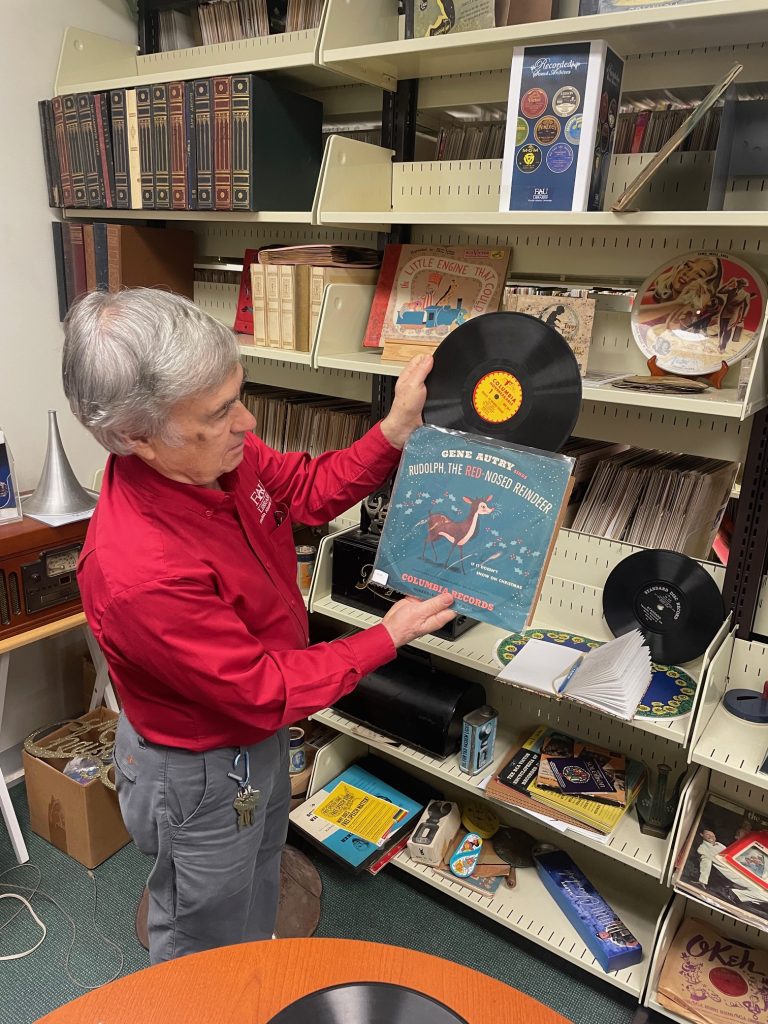
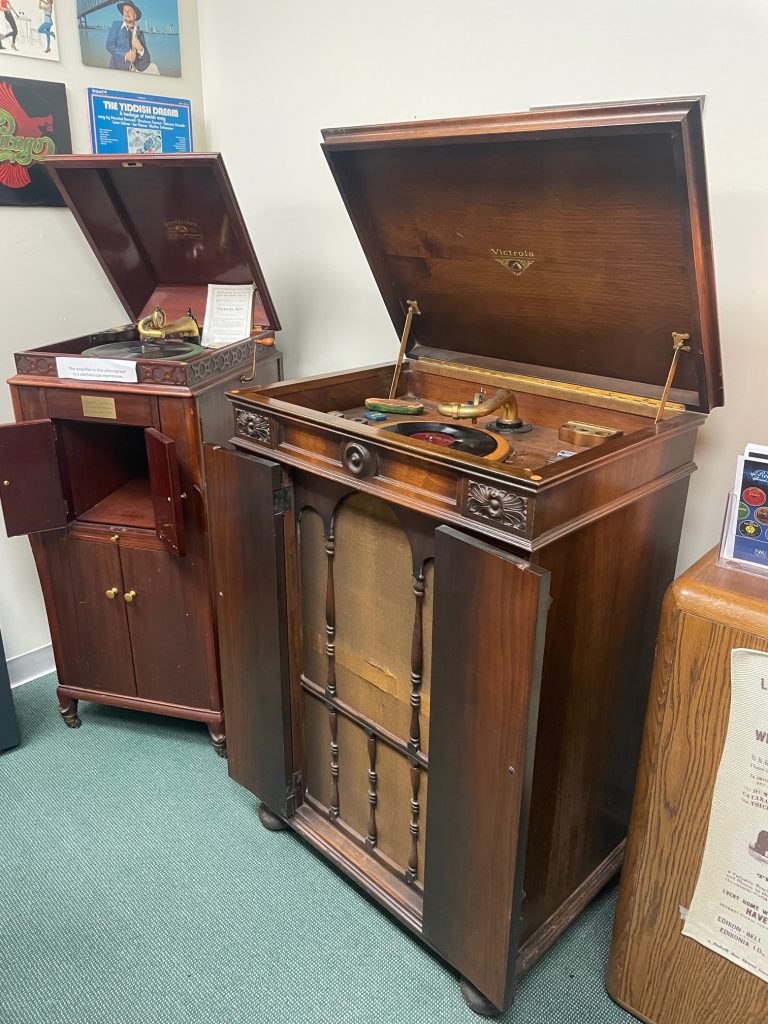
RSA tourists may also listen to records on a cabinet-sized 1907 model, a 1910 unit that plays wax-like cylinders, and a 1926 turntable with an electric motor, almost all of which have been donated to the archives. The RSA preserves these treasures of audio history, but it also digitizes the sound artifacts themselves for appreciation and research in the internet age.
“We have over 800 researchers worldwide that access our website remotely,” says Alethea Perez, manager of FAU Libraries. “We provide digitized access to a lot of records that they wouldn’t be able to otherwise access.
“We had a teacher that taught Langston Hughes, and we happen to have some Langston Hughes poems,” Perez adds. “It was giving the English class the experience of listening to the poems they had just been learning about. Beyond that, we also have cantors and rabbis who use our recordings to basically mimic the past.”
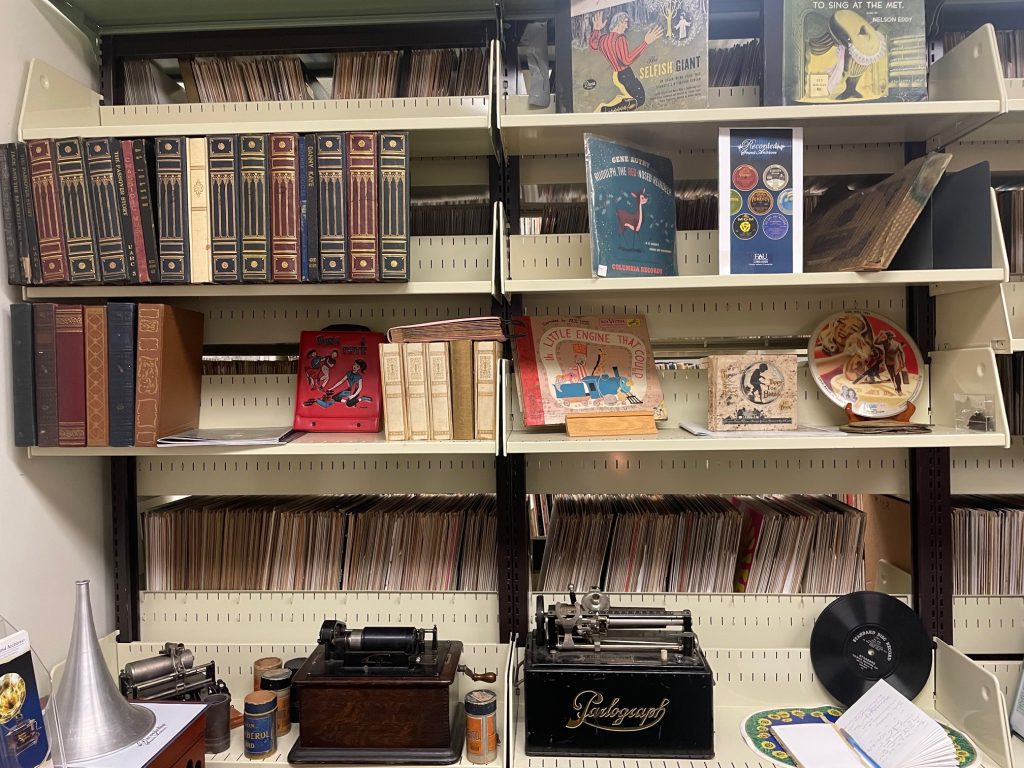
The RSA’s audio collection is divided into three sections—the Judaic, which launched the archives, and the Vintage and Jazz collections, which grew later. Much of the latter collections’ volume can be traced to one collector, whose 100,000 pieces filled every room in his house. “The only places that didn’t have recordings were the bathroom and kitchen, and that was because the wife told him no,” Perez says. “When we removed the recordings, we were told that the foundation of the house had shifted.”
Other jewels in the RSA vault include some 824 pieces from the largest collector of children’s records in the world, who kept his duplicates in a facility on Long Island. Most of his donations to the RSA were damaged from Superstorm Sandy, but the archives’ staff and volunteers meticulously restored many of the covers and recordings.
The restoration process has certainly become more manageable compared to Roth’s formative years. With state-of-the-art digital technology, Roth can now spend three minutes cleaning up surface noise and wear-and-tear—an ordeal that would have taken three hours decades ago. “I used to do it manually with a splicing block and a razorblade back in the ‘70s,” he says.
The RSA maintains an active presence on social media, highlighting historic pieces in its collection to coincide with annual events such as Black History Month, Women’s History Month and Halloween. To schedule a tour or learn more, visit rsa.fau.edu or call 561/297-0080.
This Web Extra is from the February 2025 issue of Boca magazine. For more like this, click here to subscribe to the magazine.

